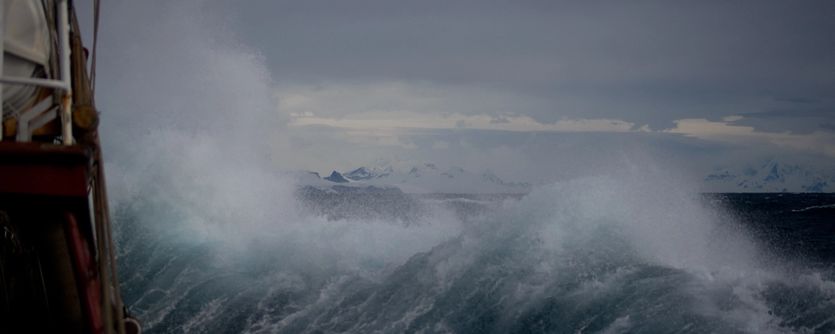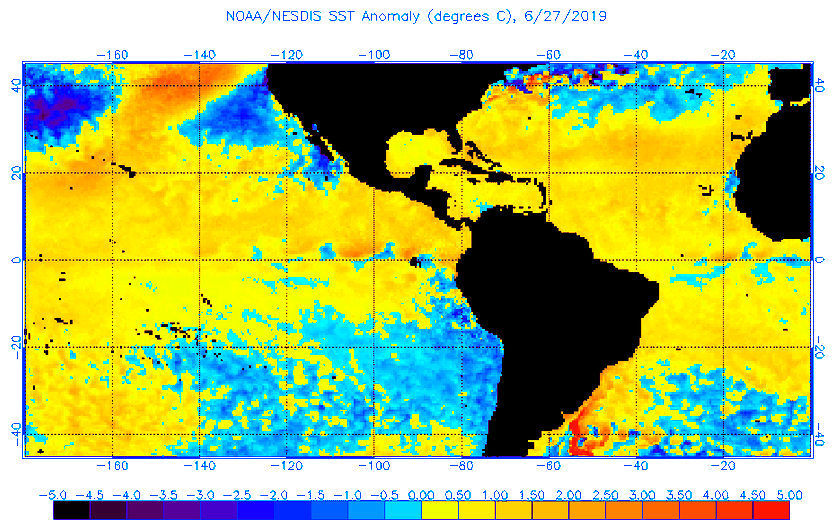
Atlantic Outlook - July 2019
In order to better understand extreme weather trends, Norwegian Hull Club has entered into a cooperation with Climate Scientist and Research Professor Stefan Sobolowski from NORCE – one of Norway’s largest independent research institutes.
Here, Professor Sobolowski explains why current hurricane season predictions should be treated with caution.
"In May this year, forecasting centres were reporting a normal-to-slightly-below-normal Atlantic hurricane season. This was largely due to the establishment of an El-Niño, which tends to dampen Atlantic hurricanes through increased wind shear.
"Now, as July gets underway, the NOAA National Hurricane Center in the US is still forecasting a near-normal season, which typically results in between nine and 15 named storms. Yet the level of certainty regarding this near-normal assessment should give us pause for thought. NOAA has assigned a roughly equal probability to a normal (40%), above-normal (30%) and below-normal (30%) Atlantic hurricane season. In contrast to this, the forecast for the East Pacific, which indicates an above-normal season, has a higher 70% degree of certainty.
Forces
"The main reason for this uncertain prediction is that there are competing forces at work over the Atlantic basin. El-Niño conditions are still present, which tend to work against hurricanes in the Atlantic while strengthening them in the Pacific. However, warmer-than-average sea surface temperatures in the tropical Atlantic Ocean and Caribbean seas, together with a strong West African monsoon, have emerged. These factors tend to work in the opposite manner and can enhance hurricane activity.

"Sea-surface temperature 'departures from normal' can be seen in the map above. The yellow and orange areas indicate warmer-than-average conditions, which essentially act as fuel for hurricanes. These warmer conditions, combined with the fact this El-Niño is not particularly strong, are reason enough to raise doubts.
Damages
"For example, as late as August 2018, NOAA was predicting a below-average hurricane season. However, the season ended up above normal with 15 named storms. These included the first Category 5 landfall in the US since 1992, resulting in over 50.2 billion USD in damages."
• Norwegian Hull Club can be contacted should an incident occur via its 24-hour emergency hotline on +47 22 42 88 44 (or +47 55 70 55 35 in case of network issues). Here, support will be provided by our experienced emergency response and claims specialists, working in conjunction with the rest of Norwegian Hull Club’s team of experts. For more details, log onto our website at www.norclub.com/contact/emergency
• The Club will, as usual, continue to monitor named windstorms and send information bulletins accordingly.